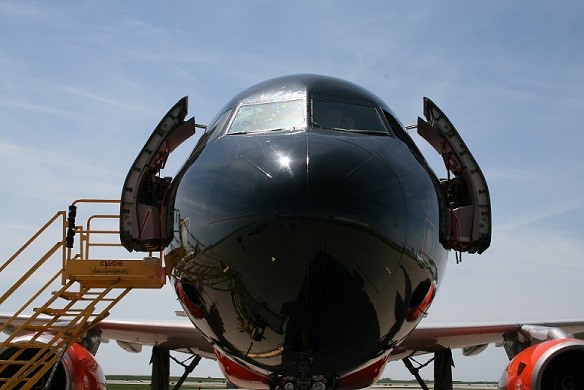
An in-your-face view of the nose. Photo courtesy of Joe McBride, Kansas City Aviation Department
Today I pay my respects to a little-known (now defunct) Ukrainian airline by honoring their wild livery and individualism. Donbassaero’s bold, in-your-face paint scheme oddly reminds me of something you might see on a 1970s muscle car like the Oldsmobile 442.
This livery and airline is extra special. You see, while the rest of the world’s airlines were trending towards boring, mostly white (read: cheap) liveries referred to as “Eurowhite,” Donbassaero did the opposite.
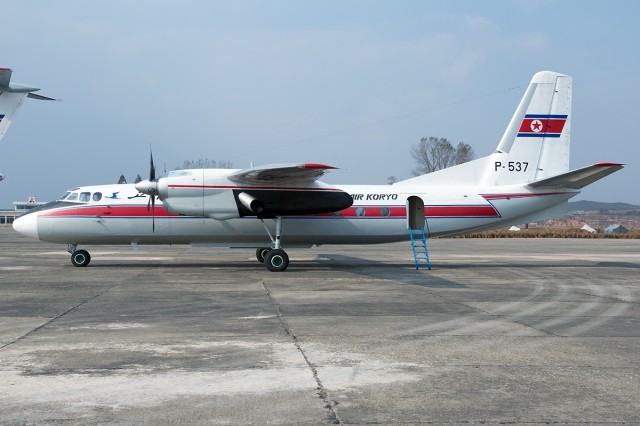
Air Koryo AN-24B (P-537) parked at Sondok
Antonov’s AN-24 is probably the easiest of the classic Russian aircraft to hitch a ride on. With at least 800 still in service in eastern Europe, central Asia, Cuba, and Africa, usually all it takes to fly one is a creative routing. Of course, none of those AN-24 are operated by Air Koryo, the national airline of North Korea.
The AN-24 is a stereotypical high-winged turboprop. More akin to the classic Dash-8s, rather than the newer Q400s. It was built to take off from nearly anywhere and land on the most ’œunprepared’ airfields Soviet surveyors and engineers could throw at it. P-537, the AN-24B I flew on, landed in Sondok shortly after my arrival flight via an Air Koryo IL-76.
We were not allowed to photograph the interior until after lunch in Hamhung, but were permitted to walk around the airframe and take plenty of photographs. After lunch, I fought my way to the front of the line to ensure that I would have the opportunity to take an unobstructed cabin shot. My patience and persistence paid off.
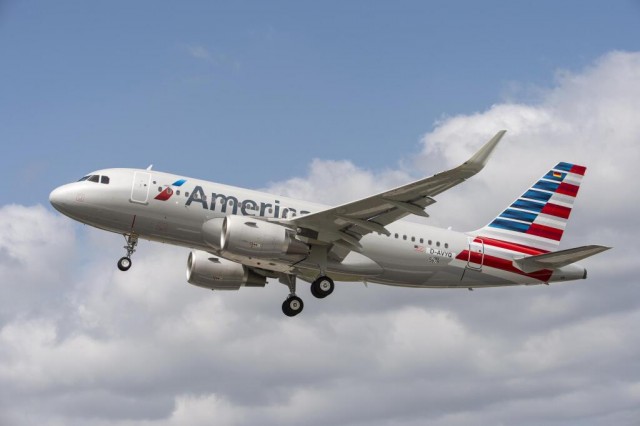
AA’s first Airbus A319 departs from Hamburg on its delivery flight. All of American’s A319s will be delivered with the new sharklets. Image: American Airlines
Reported from Fort Worth by: Jack Harty, Senior Correspondent Archive.com and re-printed with permission.
The ’œNew American’ is arriving along with a new aircraft almost every week. With each delivery, American is slowly introducing a brand-new onboard product that first debuted on their Boeing 777-300ERs and continues to make its way into the fleet with the delivery of their first A319 aircraft. In February, American Airlines and US Airways announced plans to merge which would help form the ’œNew American.’
However, the Department of Justice filed a motion to stop the merger last week, citing that competition would be decreased. At this time, it’s not clear if a merger with US Airways will be part of the ’œNew American’, though many in the industry feel that the merger will happen after AA agrees to concessions, such as surrendering significant slots at Washington Reagan National Airport.
At a minimum, the merger closing will be pushed back from the 3rd to 4th quarter of 2013. Even if American and US Airways do not complete their merger, it is evident that American Airlines is going through a transformation as they build the ’œNew American.’
On August 14th, American Airlines unveiled their first A319 in the United States to employees and press; we were invited.
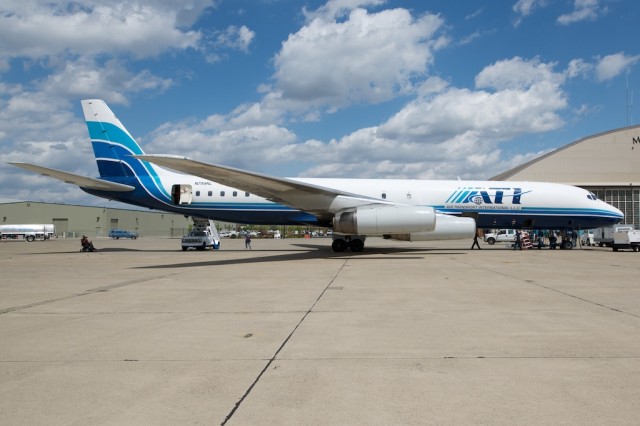
N799AL parked on the ramp in Sacramento
On May 26, 2012, my dream came true.
As adamant as you can be when you’re a child, convincing your family to fly to Hawaii on United Airlines just so you can say goodbye to the last of the narrowbody four-holers is a long shot. Especially when there were fewer-stop options available through Vancouver. I tried, though.
Until February of 2012, I was pretty sure that I’d never get to fly on a DC-8. Then my fortunes changed.
A company called Classic Jet Tours had managed to organize a passenger flight on a DC-8-62CF belonging to Air Transport International. After seeing my friends posting their boarding passes on Facebook, I jumped on it; I paid my fee, booked travel to Sacramento, and began counting the days.
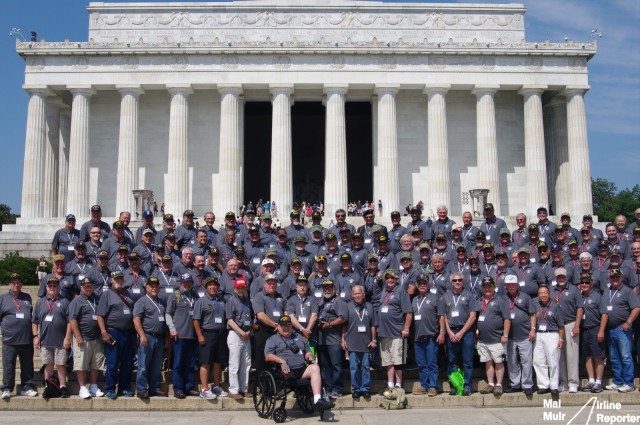
The Honor Flight Veterans gathered in front of the Lincoln Memorial – Photo: Mal Muir | AirlineReporter.com
Early in the morning, men were arriving at Wisconsin’s Oshkosh Wittman Regional Airport. They all had one thing in common; they were heading to Washington D.C. on a very special charter flight.
Each one had been selected by the Northeast Wisconsin Old Glory Honor Flight & Experimental Aviation Association due to their service during the Vietnam War. The four main armed services (Navy, Army, Air Force, and Marines) were represented by the 110 veterans taking the flight.
I was invited to accompany them in order to experience the Honor Flight and to tell their story.




